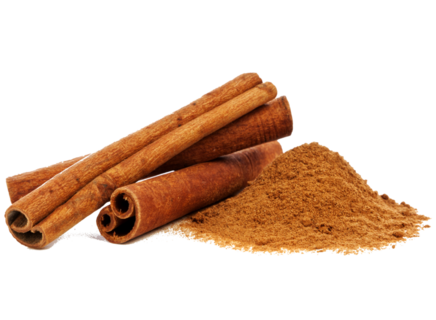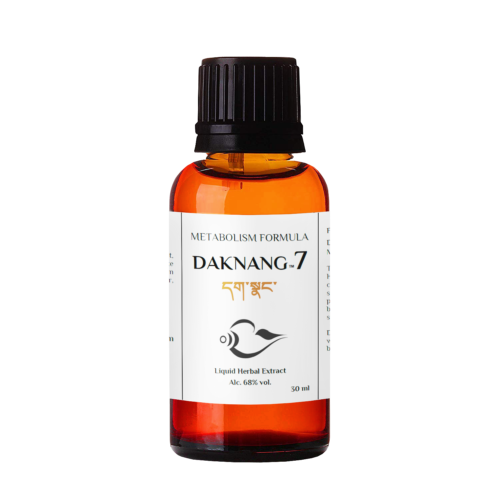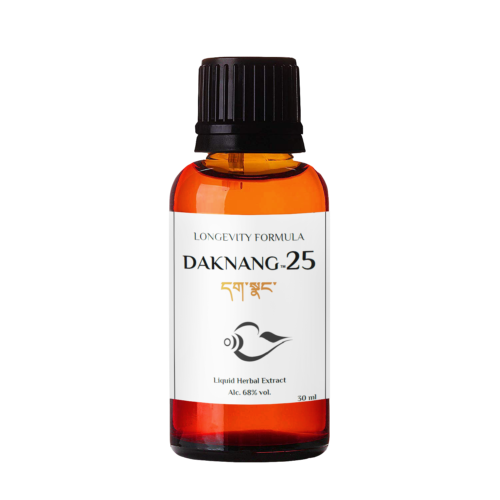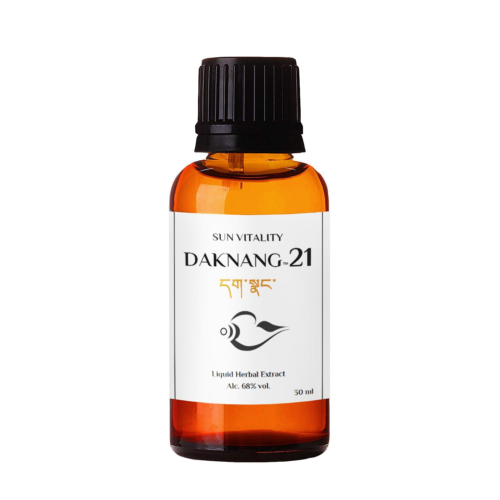Корица
Cinnamon has been consumed since 2000 BC in Ancient Egypt, where it was highly prized. In medieval times, doctors used cinnamon to treat conditions such as coughing, arthritis, and sore throats.
It is now the second most popular spice, after black pepper, in the U.S and Europe.
Latin name:
Tibetan name:
Part used:
Cinnamomum cassia
Shing-tsa
Bark

- Gastrointestinal effect – inhibits H.pylori and thus development of gastric ulcers; alleviates the symptoms of dyspepsia
- Hepatoprotective activity
- Antispasmodic activity – shows to decrease smooth muscle contractions in trachea, ileum, colon and stomach: reduction of stomach and intestinal motility leads to decrease in number of stress – and serotonin induced ulcers; inhibits histamine and barium induced ileum contractions
- Anti-dysmenorrheal activity – reduces the severity and duration of pain during menstruation; reduces nausea and severity of menstrual bleeding
- Insuline-like activity – shows to increase glucose utilisation
- Anti-diabetic effect – exhibits insulins-like activity; inhibits various digestive enzymes which leads to decreased influx of glucose into systemic circulation and thus avoid overly significant insulin spikes; shows to reduce blood glucose levels and improve lipid profile (LDL, triglycerides and total cholesterol)
- Anti-hyperlipidemic activity – shows to inhibit HMG-CoA reductase and thus inhibits biosynthesis of cholesterol; inhibits pancreatic lipase and thus absorption of fats through intestine; shows to possess moderate cholesterol esterase and cholesterol micellization inhibition and bile acid binding; inhibits lipid peroxidation and thus protects from oxidative stress
- Anti-obesogenic effect – increases insulin sensitivity; reduces ghrelin secretion; lowers blood glucose and improves serum lipid levels; inhibits intestinal lipid absorption; inhibits lipolysis and lipogenesis thus can be used in supportive therapy for treatment and prevention of metabolic syndrome
- Cardioprotective effect – improves lipid profile and protects agains development of atherosclerosis (inhibits vascular smooth muscle cell proliferation through blockage of thromboxane A2 receptors mediated proliferation); has anti-hypertensive effect and causes vasorelaxation; shows to enhance cardiac force and contractility, have positive inotropic effect, improve heart performance and increase coronary flow; shows to improve cardiac hemodynamic in long-term aerobic training
- Antimicrobial activity – shows to have antibacterial (e.g. E.coli, Staphylococcus aureus, Staphylococcus epidermidis, Salmonella spp., Pseudomonas aeruginosa, H.pylori) and anti-fungal properties (e.g. C.albicans, Aspergillis spp., Cladosporium weneckii); shows anti-HIV-1 activity
- Antioxidant effect – inhibits lipid peroxidation and have free radical scavenging activity
- Anti-inflammatory effect – shows to inhibit COX-2 catalysed prostaglandin E2 biosynthesis; decreases TNF alpha, IL-6 production and other pro-inflammatory cytokines; decreases expression of mast cell-specific mediator and thus can be used for anti-allergic therapy
- Иммуномодулирующее действие
- Neuroprotective effect – shows to restore myelin level and protect myelin-specific genes in spinal cord; has anti-inflammatory and antioxidant properties; shows to inhibit formation of amyloid-beta plaques in Alzheimer’s disease, prevents its toxicity and improve cognitive behaviour; shows to protect dopaminergic neutrons, normalise striatal neurotransmitter and improve motor functions in Parkinson’s disease
- Anti-cancer effect – shows to induce apoptosis and also suppressed tumor cell growth and the associated biomarkers in lung squamous cell carcinoma, hepatocellular carcinoma, breast and ovarian cancer cell lines as well as leukaemia
It has an anti-inflammatory action
- WHO Monograph Cortex Cinnamomi
- Cinnamon uses, benefits & dosage
- Scientific Support & Reference Citations
- Bark Extracts of Ceylon Cinnamon Possess Antilipidemic Activities and Bind Bile Acids In Vitro
- Anti-Atherosclerotic Potential of Aqueous Extract of Cinnamomum Zeylanicum Bark against Glucocorticoid Induced Atherosclerosis in Wistar Rats
- Cinnamon effects on metabolic syndrome: a review based on its mechanisms
- A Cinnamon-Derived Procyanidin Compound Displays Anti-HIV-1 Activity by Blocking Heparan Sulfate- and Co-Receptor- Binding Sites on gp120 and Reverses T Cell Exhaustion via Impeding Tim-3 and PD-1 Upregulation
- Anti-diabetic and antioxidant effect of cinnamon in poorly controlled type-2 diabetic Iraqi patients: A randomized, placebo-controlled clinical trial
- Molecular Mechanism of Cinnamomum verum Component Cuminaldehyde Inhibits Cell Growth and Induces Cell Death in Human Lung Squamous Cell Carcinoma NCI-H520 Cells In Vitro and In Vivo
- Discovery of a novel anticancer agent with both anti-topoisomerase I and II activities in hepatocellular carcinoma SK-Hep-1 cells in vitro and in vivo: Cinnamomum verum component 2-methoxycinnamaldehyde
- Prospects of Cinnamon in Multiple Sclerosis
- Cinnamon from the selection of traditional applications to its novel effects on the inhibition of angiogenesis in cancer cells and prevention of Alzheimer’s disease, and a series of functions such as antioxidant, anticholesterol, antidiabetes, antibacterial, antifungal, nematicidal, acaracidal, and repellent activities
- Comparative Effect of Cinnamon and Ibuprofen for Treatment of Primary Dysmenorrhea: A Randomized Double-Blind Clinical Trial
- The Effect of Cinnamon on Menstrual Bleeding and Systemic Symptoms With Primary Dysmenorrhea
- The Effect of Cinnamon Extract and Long-Term Aerobic Training on Heart Function, Biochemical Alterations and Lipid Profile Following Exhaustive Exercise in Male Rats
- Cinnamon Treatment Upregulates Neuroprotective Proteins Parkin and DJ-1 and Protects Dopaminergic Neurons in a Mouse Model of Parkinson’s Disease
- Cinnamon extract inhibits degranulation and de novo synthesis of inflammatory mediators in mast cells.
- Acute and chronic antihypertensive effects of Cinnamomum zeylanicum stem bark methanol extract in L-NAME-induced hypertensive rats
ИСПОЛЬЗУЕТСЯ В НАШИХ ПРОДУКТАХ
Daknang 7 • Metabolism Formula
От: €19.00
• Тепло тела • Здоровое пищеварение • Хороший метаболизм • Очистка печени
Daknang 25 • WOMEN’S SHINE
От: €19.00
• Энергия жизни • Омоложение • Плодовитость • Сексуальность • Здоровье кожи и волос
Daknang 21 • Sun Element
От: €19.00
• Укрепление почек, мочевого пузыря и простаты • Облегчение болей в спине


